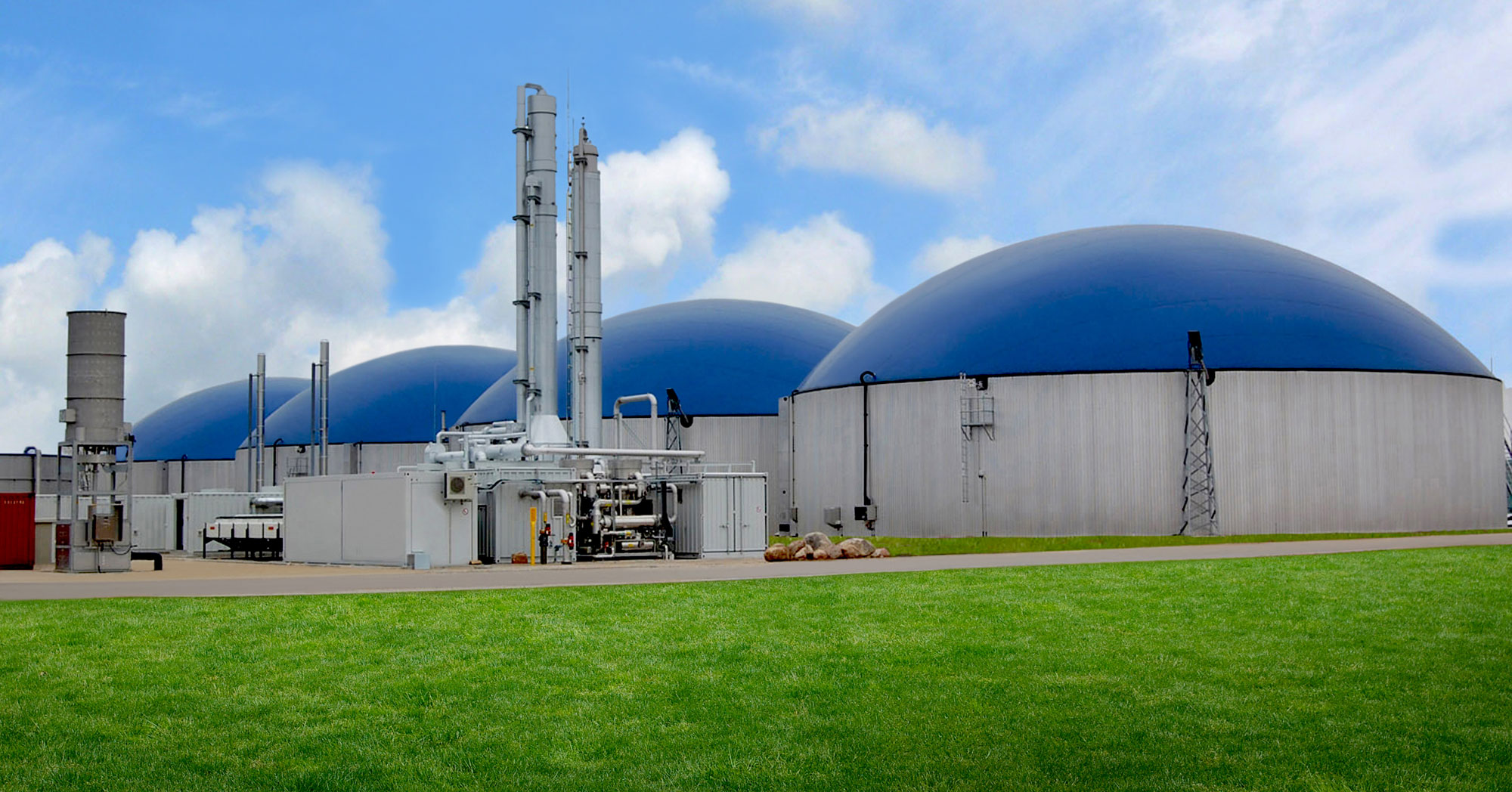The “EBA Statistical Report: European Overview” draws on the latest available biogas and biomethane data to provide an accurate picture of the European anaerobic digestion landscape for the year 2018.
The year 2018 saw a total of 18,202 biogas installations, a Europe-wide installed electric capacity (IEC) of 11,082 MW, and 63,511 GWh of biogas produced. In recent years, however, biomethane has been increasingly in the spotlight. 2018 was no exception, as the European biomethane sector continued its dynamic ascent, reaching a total of 610 plants and producing 2.28 bcm of biomethane.
2019 has been eventful in many respects, bringing its share of challenges but also offering opportunities for the anaerobic digestion sector: the final submission of the National Energy and Climate Plans (NECPs) by Member States is expected by the end of the year; the EU Fertilising Products Regulation was officially published in June, opening up new markets to digestate and biobased-products; the amended Annex V of REACH, exempting digestate from registration, was finally published in the Official Journal of the European Union in October; a first draft proposal of the SafeManure end-of-waste criteria was finally made public in November; the Green Deal proposals were presented by the new European Commission President to the European Parliament during an Extraordinary Plenary session.
To those working within the sector, it goes without saying that anaerobic digestion is fully equipped to help achieve the goals of sustainable development, clean energy transition and climate-neutrality that the EU has set for itself. There is little doubt, among those already well-informed about biogas and biomethane, that this technology holds tremendous potential in terms of dispatchable, non-variable, renewable energy production (and recovery), greenhouse gas abatement, decarbonization (carbon sequestration), improved nutrient recycling with reduced leaching, not to mention job creation. In order to realize this potential, however, a significant shift in the broader perception of the sector is also required. It must be made clear that there is more than one dimension to the energy transition and that decarbonised gases bring unique attributes to the renewable energy mix (sector coupling, flexibility, storage, security).
One of the most important goals for the months and years ahead could well be the successful communication, to the public and to policymakers, of the full range of possibilities offered by biogas and biomethane. Meeting this objective would further legitimise the sector’s long-standing argument for a fairer system – one that would account for the positive externalities biogas currently provides (avoidance of CO2 emissions, soil improvement, …) through the implementation of carbon pricing, in order to level the playing field with fossil fuels.
Article taken from the European Biogas Association. Source

